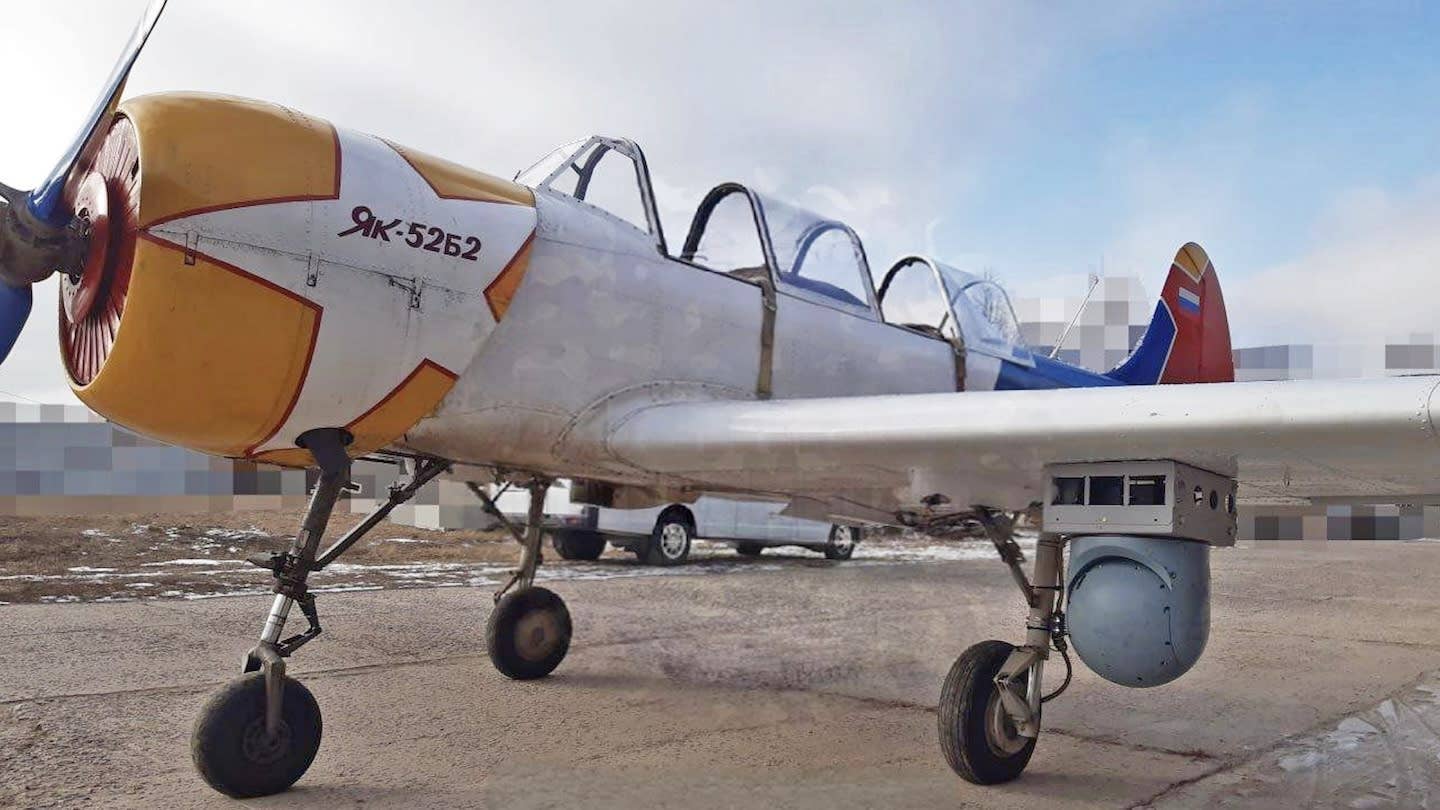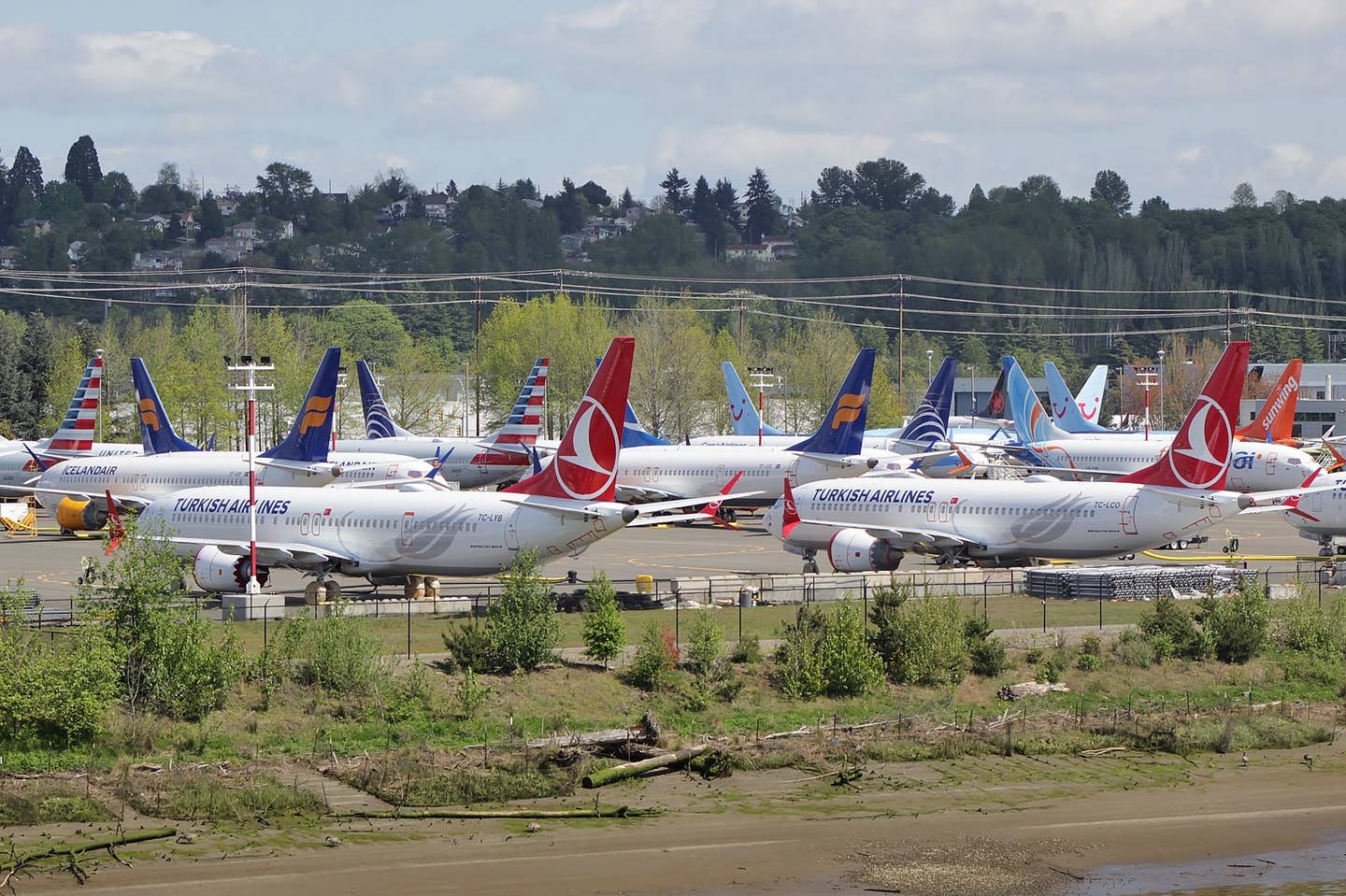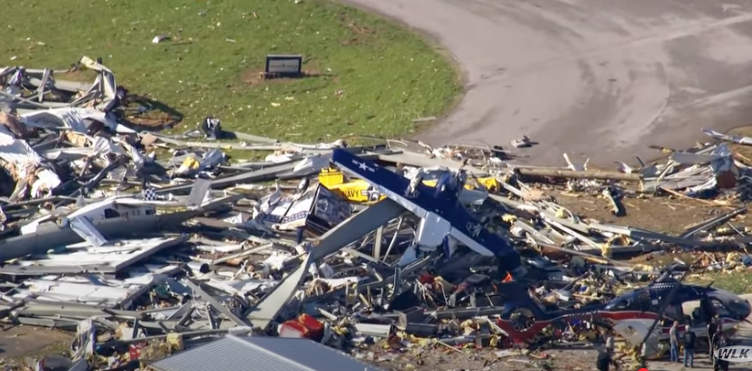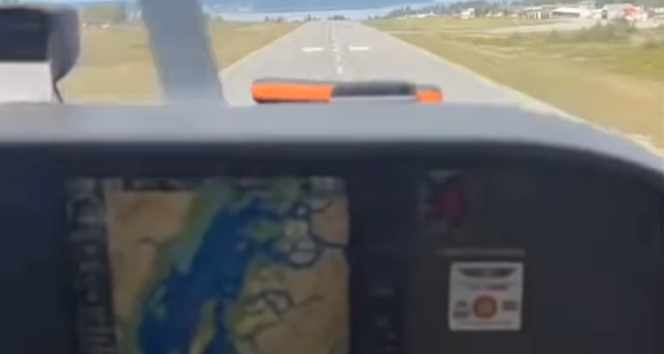Lockheed Martin F-35B Crashes In Texas
An F-35B Lightning II crashed while landing at Texas’ Naval Air Station Joint Reserve Base Fort Worth on Thursday. The pilot ejected after the aircraft touched down and is believed…
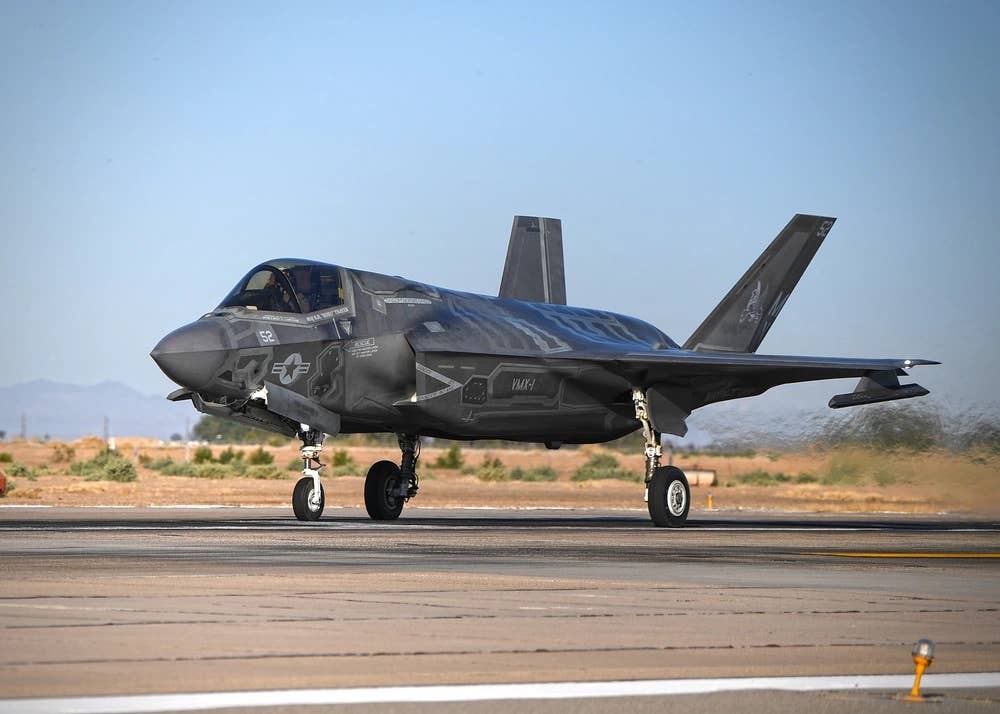
Not accident aircraft. Image: U.S. Navy/ENS Drew Verbis
An F-35B Lightning II crashed while landing at Texas’ Naval Air Station Joint Reserve Base Fort Worth on Thursday. The pilot ejected after the aircraft touched down and is believed to be in good condition. The accident occurred at approximately 10:15 a.m. local time.
Lockheed Martin’s F-35 production line is located at Air Force Plant 4, an Air Force-owned facility adjacent to Naval Air Station Joint Reserve Base Fort Worth. The accident aircraft, which Lockheed Martin has not yet transferred to the U.S. government, was reportedly being flown by a government employee on a test flight. An investigation is underway.
“We are aware of the F-35B crash on the shared runway at Naval Air Station Joint Reserve Base in Fort Worth and understand that the pilot ejected successfully,” Lockheed Martin said in a statement. “Safety is our priority, and we will follow appropriate investigation protocol.”
This article will be updated as more information becomes available.

